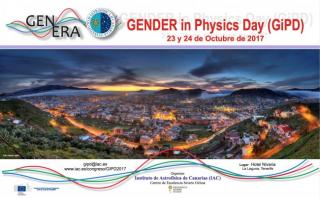
The discoverers, students at the El Calero Institute of Secondary Education (IES), who participe in the Educational Project with Robotic Telescopes (PETER) coordinated by the IAC, are the youngest people in formal education who have made a discovery of this type.
Advertised on




